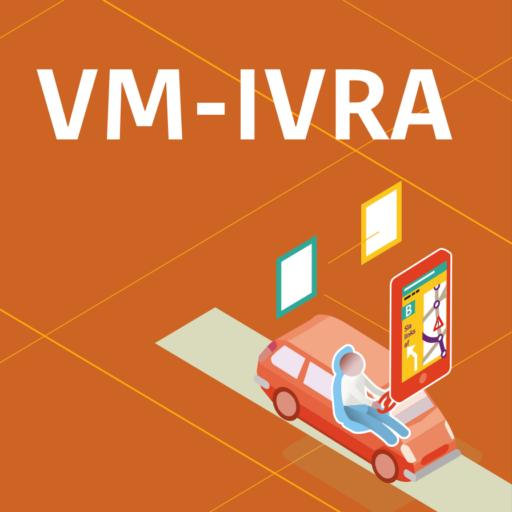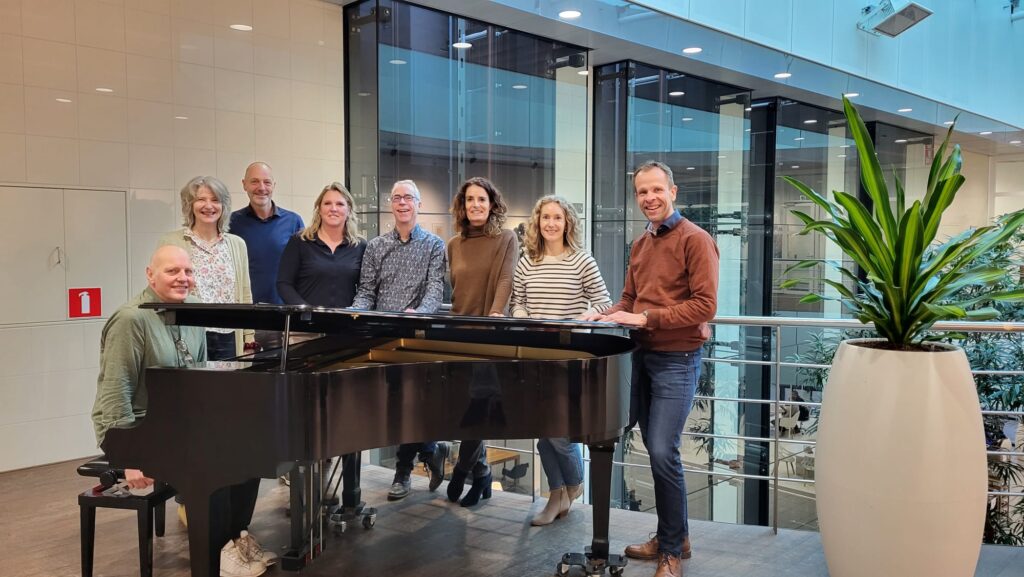About vm-ivra
The essence of VM-IVRA (Traffic Management Information for Route Advice) is to guide road authorities in the transition to digital traffic management and set up structural cooperation with service providers. This will enable the sharing of traffic data, and allowing road users to receive real-time and tailored information about the situation on the road.
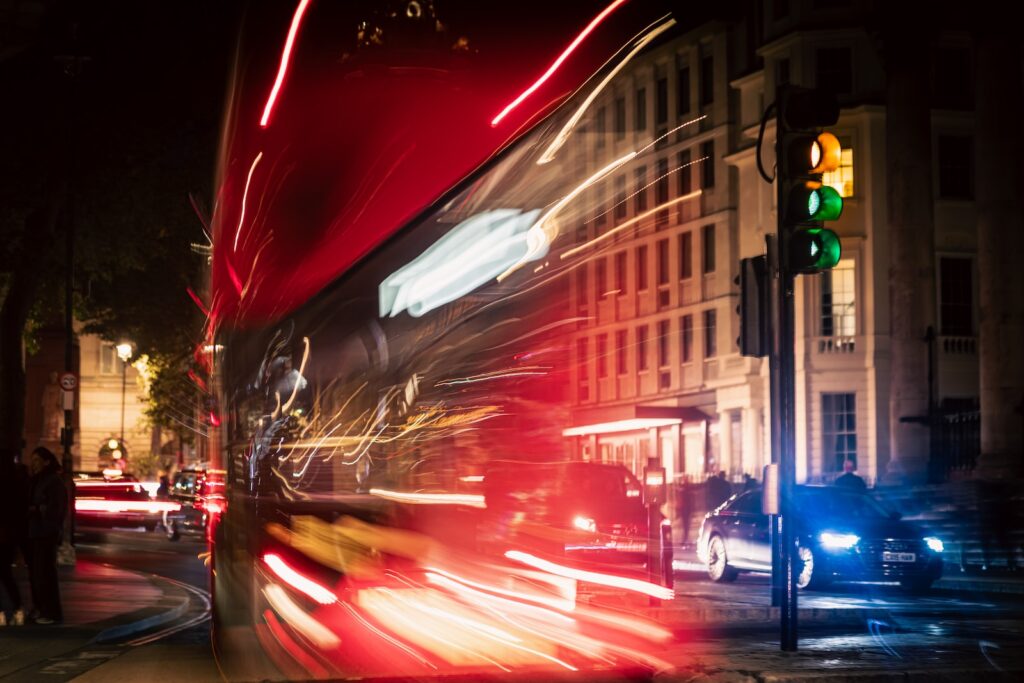
Digital traffic management
With digital traffic management, road authorities can keep a grip on traffic control, prevent cut-through traffic and realize real-time and socially responsible route advice for every motorist together with service providers. They can also inform road users in places where no roadside systems are currently available.
By engaging in collaborative data sharing, road authorities, service providers and car manufacturers are able to develop smart in-car data services, allowing motorists to navigate to their destinations efficiently and safely, while considering the safety and liveability of the environment.
Collaboration of road authorities and service providers
By sharing current data from their road network with service providers - think of notifications on accidents and road works - and making policy information such as environmental zones, window times or school zones available, service providers are able to inform road users in real-time while improving the quality of their route advice. That's what VM-IVRA stands for.
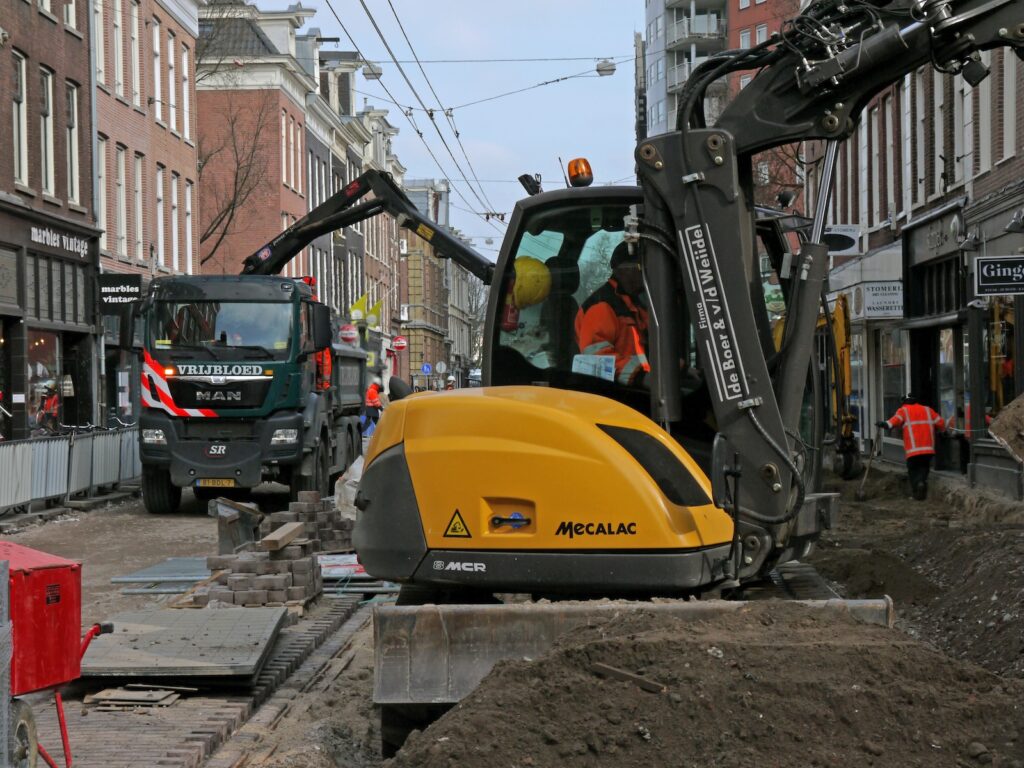
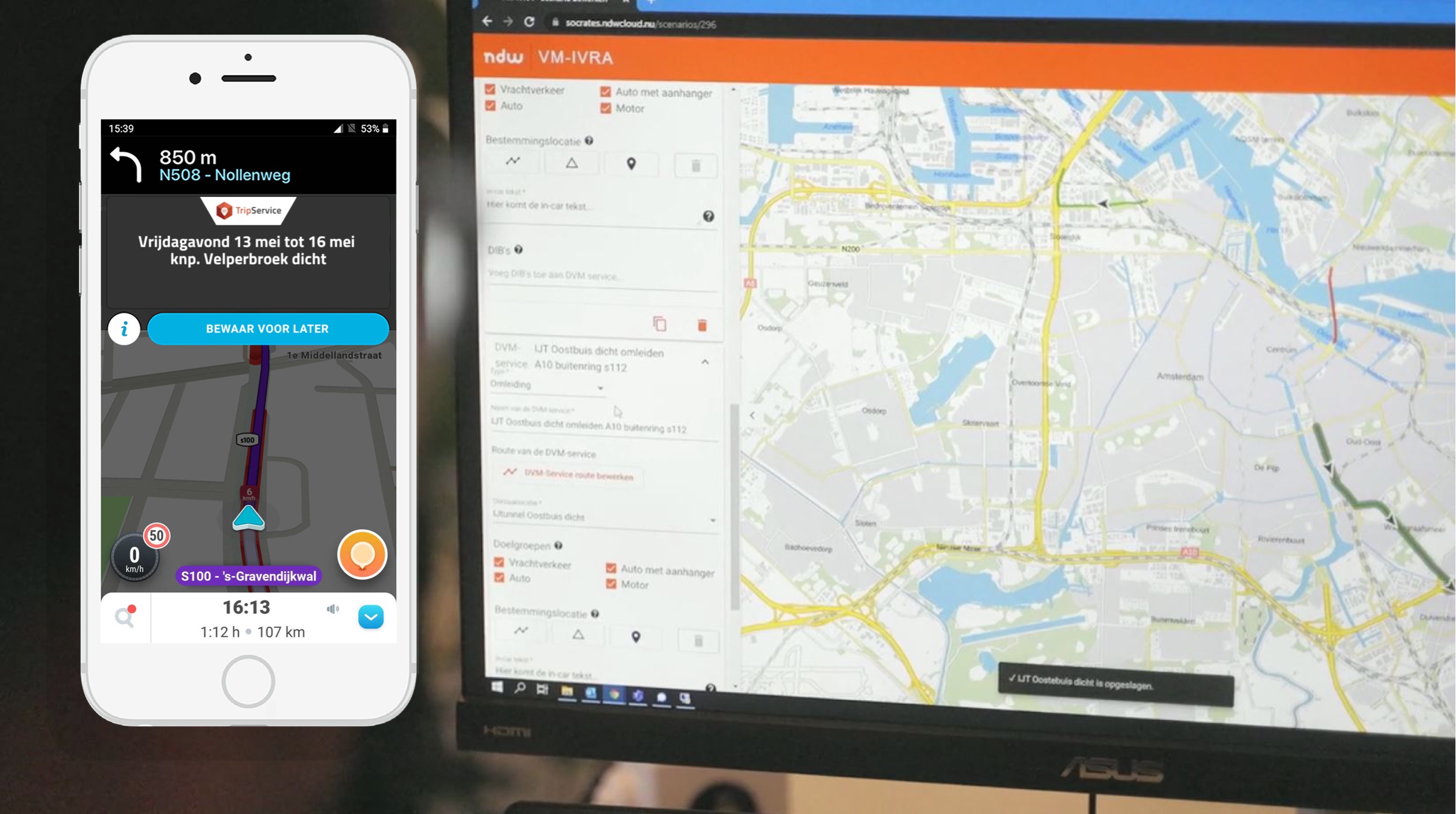
User-friendly and step-by-step implementation
Digitizing traffic management also involves a new way of working. And that's not always easy. How do you make sure the traffic data is accurate and of good quality? How can you gain experience? And above all, where to start? The VM-IVRA team has the necessary knowledge to assist road authorities in this process. Together we will identify which services are promising for your region and what is needed to implement them.
Even with relatively limited traffic engineering efforts, you can make the VM-IVRA data chain work. We show you how to get from traffic data to customized and socially responsible route advice.
We provide background information on how the applications work, connection documents, work flow instructions, manuals and e-learnings. We organize regular meetings, demonstrations and webinars. And you can raise questions in our user groups and provide feedback for improvement of the services. If you need further advice, you can also use our helpdesk.
Cooperation with national road traffic data portal
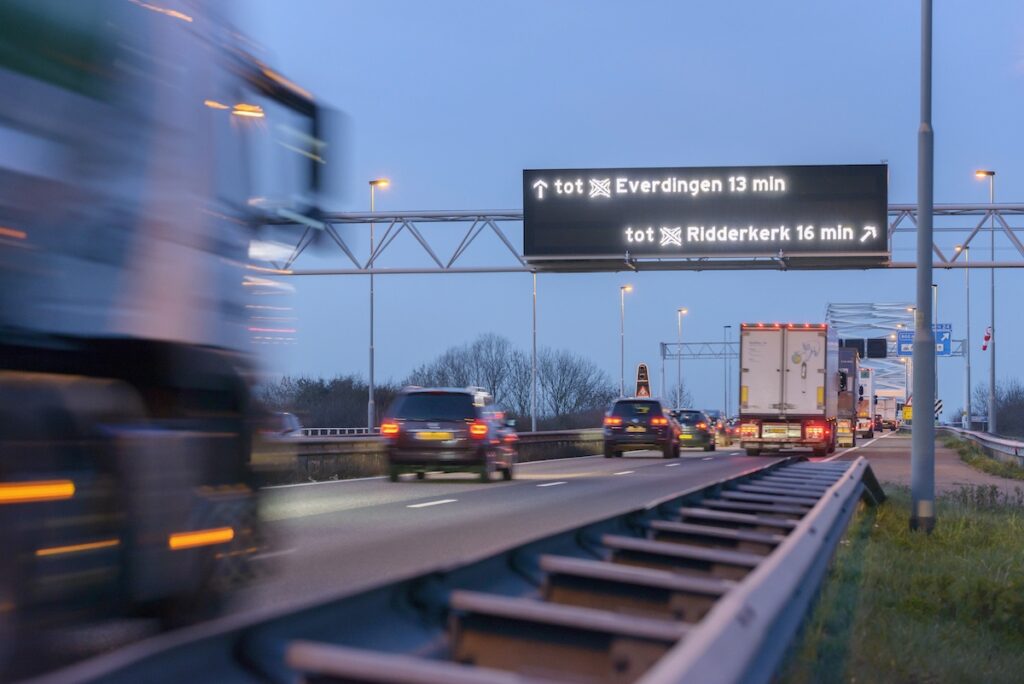
VM-IVRA uses the following NDW tools:
DIEGO
MELVIN
George
vm-ivra is win-win
This benefits all parties involved because:
- Road users arrive at their destinations safely, sustainably and with the least possible delay and are guided along socially desirable routes. They can also provide feedback on in-car services so that service providers can further improve them.
- Service providers can enrich their own data with data from road operators, improve the quality of their services, and offer socially responsible route advice that increases user appreciation.
- Road operators can provide road users with tailored information and route advice via socially desirable routes. In addition, they can reach road users in locations where there are currently no physical resources (such as an information panels and text carts) because notifications appear in-car.
So a win-win-win situation!
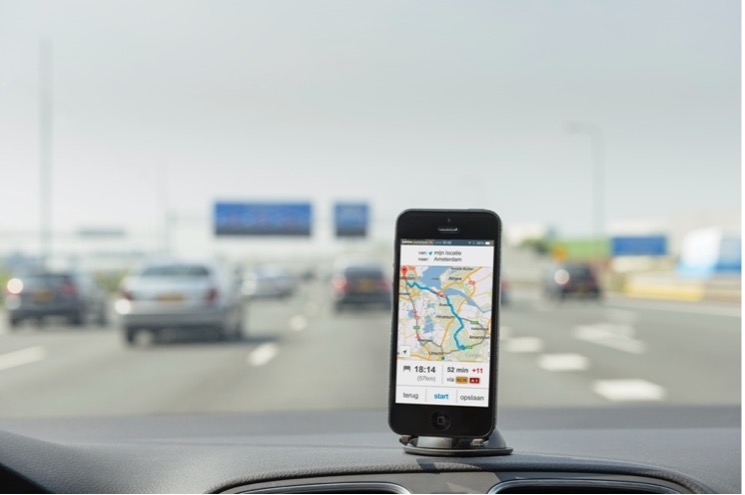
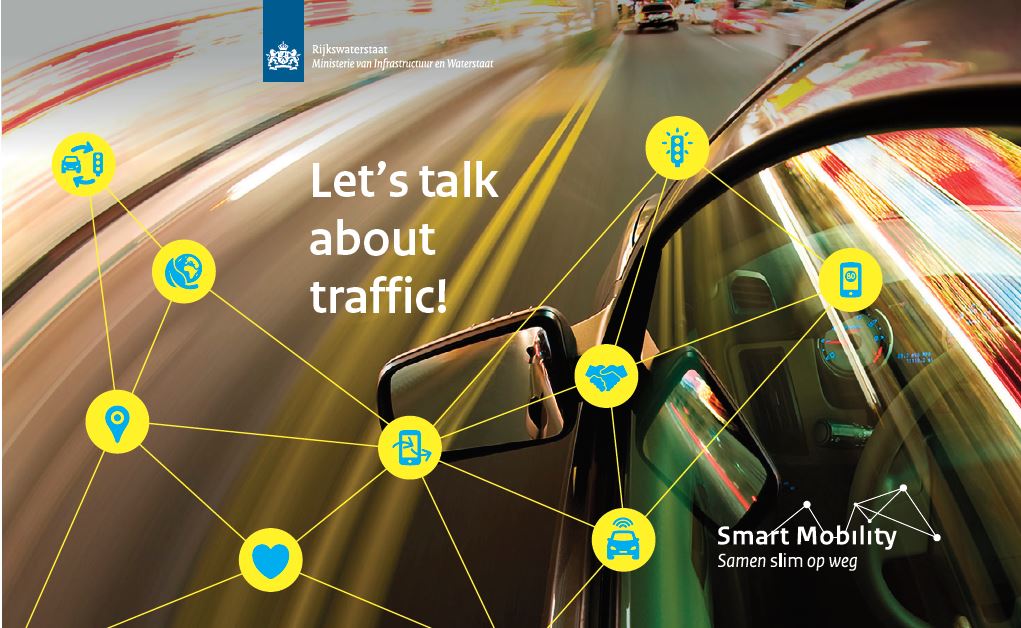
Getting smart together
Rijkswaterstaat's VM-IVRA project is conducted under the banner of the Landelijk Verkeersmanagement Beraad (LVMB) and supports all road authorities in the Netherlands. The project works on innovative solutions to make traffic safer, cleaner and smarter using traffic data.
How do we do that? By sharing traffic data with each other and developing smart in-car services that allow motorists to get to their destinations faster and more safely, taking into account the safety and livability of the environment. This is how we digitally hit the road together!
